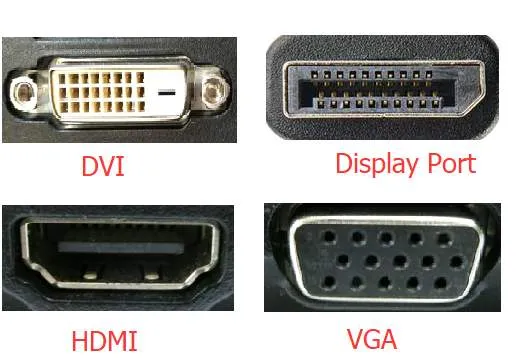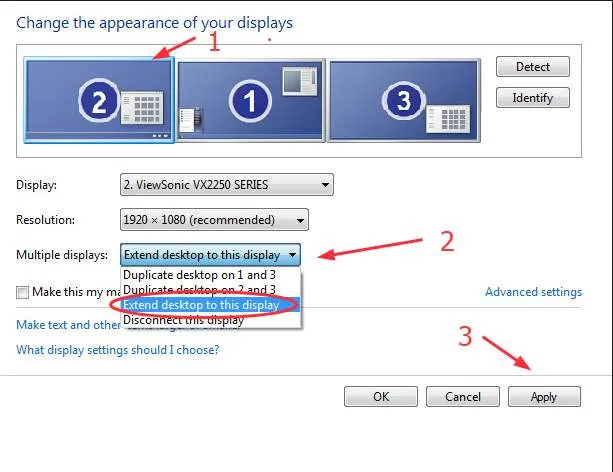It is evident that connect two monitors to one laptop It is capable of significantly improving our productivity. Especially if we work with several documents, writing, editing videos, etc. Luckily, it is not at all complicated to achieve it and, we could say, that it is practically automatic.
Check graphics card
The first thing we will have to do is make sure that the graphics card supports multiple monitors. Generally, each graphics card supports at least two outputs, although we will have to check the properties of the card on the manufacturer’s website and see its specifications.
Check available ports

It is also necessary to check the ports that we have available on our laptop. Laptops typically include at least one or two of these ports: Display Port, DVI, VGA, and HDMI (the most common on newer laptops).
What if I don’t have enough ports?
No need to worry, there is a dual DisplayPort and HDMI monitor adapter to connect multiple monitors and your laptop. It easily adapts to USB 3.0 systems and is equipped with two DisplayPort and HDMI ports to connect two monitors up to 4K.
Another option is to use a switch as a screen splitter to have two HDMI ports. It is extremely useful for those laptops that have a single HDMI port.
Connect two monitors to one laptop
In most cases, when connecting two monitors to a laptop, Windows will automatically detect that we have done so. For example, we have a VGA and an HDMI port, and the external monitors have one with a VGA input and the other with HDMI.
Then we are going to connect the cable from the first external monitor to the video port. We are going to use the VGA cable on the first monitor. After this, we proceed to do the same with the HDMI cable of the other monitor.

Once this is done, on the computer we are going to right-click on an empty area of the desktop and select “Display Settings” in Windows 10 and “Screen Resolution” in case of using Windows 8/7.
Here we are going to see three screens labeled with numbers (1, 2 and 3) in view mode. Basically, the 1 would be the screen of the laptop and the other two the monitors that we connect.

Now we’re going to click on display 2 and select Extend the desktop onto this display under Multiple displays and then click Apply. We will do exactly the same with the other monitor.
The only thing left to do is to click “OK” to finish the process. Now we will be able to use the three monitors on the computer as if it were one.


